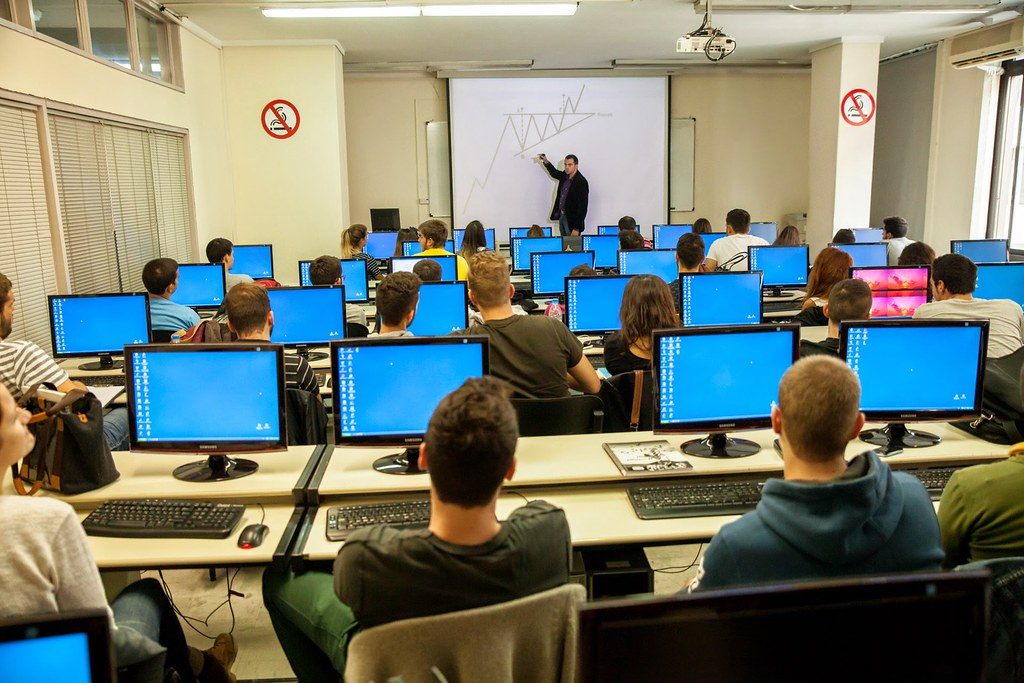EEND 678 Artifact 2
Artifact 2

The second artifact I choose was the student device agreement form that I created. With technology becoming more and more present in all schools, it is important that the first thing students learn is digital citizenship and what it means to be responsible and accountable when using technology. Often in my classes, we discuss the importance of being cautious of an individual's digital footprint, but we tend to overlook the responsibility that comes with borrowing a device. My school is 1:1 Chromebook and most students do a great job of keeping their devices maintained; however, there are approximately 2-3 students in each class with Chromebooks that are on the verge of being unusable - shattered screens, missing keys, frame coming off of monitor, keyboard not attached properly and so on. When I speak to these students about the condition of their device, they do not seem to mind or even care. In my opinion, if a student cannot maintain a device properly, the device should be taken away. Due to this, I really liked this assignment of having to create a device agreement. I researched agreements online used by other districts and picked rules or guidelines that I thought were most important to my classroom. In the end, I felt that my contract covered the necessities without going too in-depth. I think it is important for students to sign a school waiver and in addition a classroom waiver. Teachers also need to focus not only on a student's digital footprint but also on the responsibility of device maintenance. According to the article 10 Rules for a Successful 1:1 Classroom by We are Teachers Online, teachers need to "be the facilitator" (2016). I interpret this two ways: 1 -teachers need to guide students rather than tell and 2 - teachers need to model how to appropriately maintain their devices so students have a good model to refer to. Because of these reasons, I chose my device agreement as my second artifact.
There were not many challenges when creating the student device agreement. I would say the biggest challenge was creating an agreement that was direct, fair and simple. I also spent quite a bit of time researching current agreements used by other school districts; this was a challenge in that it was difficult to narrow down the rules/guidelines I wanted to incorporate because there were many great ideas available.
This agreement would be used in the classroom at the beginning of the year or each semester. I would have students read the contract, determine what their opinion of it was - is it fair, if not, what do they think is unfair and why? We will then have a discussion and come to a full agreement. All students and parents will sign the agreement and then I will spend time the following week engaged in lessons that promote appropriate device maintenance as well as creating a positive digital footprint.
This activity helped me grow as a teacher in that I was able to identify what are the most important rules/guidelines when it comes to student device use. I realized that I spend a lot of time talking about wisely using the internet and making sure to use devices for academic purposes in meaningful ways, but I don't spend much time on device maintenance. Moving forward, I think it important to teach the skill of proper device maintenance to all students, regardless of age - and hold them accountable.
Computer Lab [Digital image]. (n.d.). Retrieved April 26, 2018, from
https://www.flickr.com/photos/128617711@N04/16415815706

Comments
Post a Comment